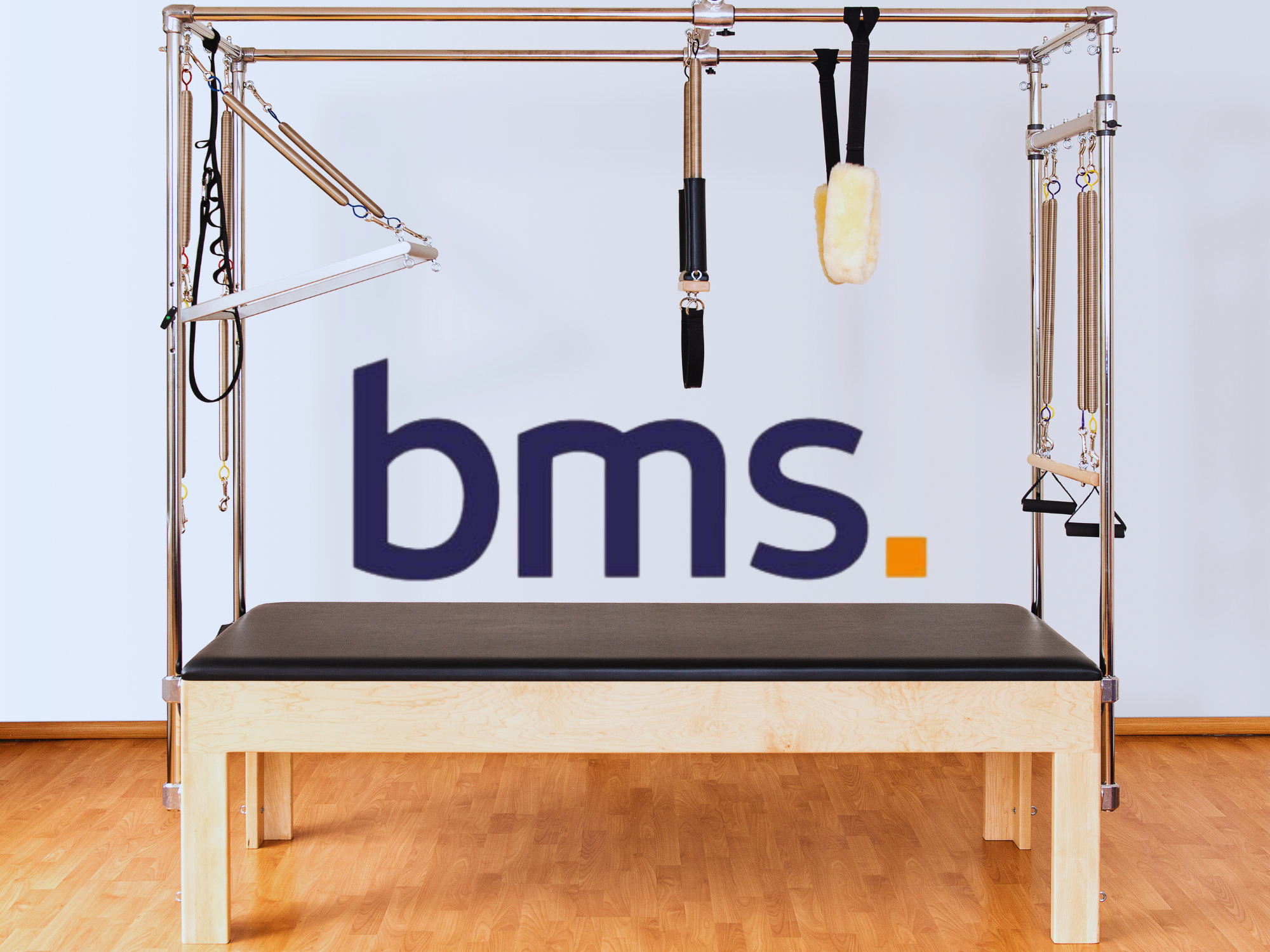
Pilates professionals have an important role in supporting clients’ physical health and wellbeing, however it’s important to understand that, like any professional health practise, there are risks.
In this article, the Pilates Association Australia’s (PAA) insurance partner, BMS, takes a closer look at the common areas of risk to consider as a Pilates professional.
Does Ahpra regulate Pilates professionals?
Pilates professionals in Australia are not regulated by Ahpra like registered allied health professionals, such as physiotherapists or podiatrists. However, Pilates professionals may be required to adhere to any relevant standards and guidelines outlined in their role: the PAA provides Scope of Practice, Standards, and a Code of Conduct that applies to all members.
What are the risks?
As a Pilates professional, it’s important to be aware of the common areas of risk that can arise while teaching. These risks can include miscommunication with your clients, slips and falls on your premises, and other potential incidents. Whether you work from a Pilates studio, rehabilitation clinic, or offer private sessions from your client’s home – an incident could occur in nearly any setting you teach in. To illustrate these risks, below are a few example scenarios:
Scenario 1: Miscommunication
Consider a situation where you’re working with a client who has a history of lower back pain. During the session, you instruct him to perform an exercise using hand weights. However, the client misunderstands your instructions, and due to improper form and overexertion, the client experiences sudden and severe pain in his lower back. He later visits a doctor who diagnoses him with a herniated disk. The client attributes his injury to the Pilates session in a complaint against you.
Miscommunication is a common area of risk that can lead to a claim. The 2022-2023 Ahpra report indicates communication was among the top five most common categories for complaints received. While Pilates instructors are not regulated by Ahpra, clear and effective communication with clients matters in any professional health setting. Communication issues are not limited to regulated allied health professionals alone.
Scenario 2: Slips and falls
In BMS’s claims data under the PAA Member Insurance program, slips and falls have resulted in claims exceeding $10,000 in total losses.
Let’s say you’ve taken steps to prevent slips and falls from occurring at your studio by checking the floors are clean and potential tripping hazards are removed each morning. Despite your best efforts, a client slips and falls during a class, causing them to sprain their ankle. You receive a complaint from the client weeks later. Whether or not the incident was caused by a direct failure on your part, you could be found liable.
Scenario 3: Equipment failure or misuse
Imagine working with a client on a reformer bed. During the session, one of the springs that holds the carriage in place snaps, causing the carriage to shift suddenly. The client falls off the machine and hits their head, resulting in a concussion. Weeks later, you receive a claim from the client, seeking compensation for the loss of income and medical expenses associated with their recovery. While the injury may have been caused from equipment failure, you may be held responsible for the injury and damages caused.
Losses resulting from a claim can vary. Between 2019 and 2023, BMS has seen claims due to equipment failure or misuse range from $10,000 to more than $200,000 under the PAA Member Insurance program.
When to make a notification
A common misconception is that you only have to notify your insurer of an incident if a claim is made against you, but since some situations may not become a claim for months or even years, it’s important to make a notification as soon as something happens.
If you’re faced with a claim or are uncertain about an incident, BMS has a knowledgeable and friendly team who are available to assist you with questions and with the notification and claims process under the PAA Member Insurance program.
For further information about notifications, incident reports and note taking, refer to the Record keeping for Pilates professionals article.
PAA Member Insurance program
As a PAA member, you have exclusive access to the PAA Member Insurance program with BMS. The program offers a combined Professional Indemnity and Public & Products Liability Insurance policy. Get cover via the dedicated PAA BMS link in the PAA membership portal or speak to a BMS broker for more information, Pilatesaa@bmsgroup.com
Additional cover is also available, including entity insurance, business insurance, and more. Log in to the BMS Portal to get a quote for additional cover.
*BMS claims information is based on BMS’s claims data between 2019 – 2023. You must be a current Pilates Association Australia (PAA) member to be eligible for the PAA member insurance program. You must be part of the PAA member insurance program in order to access additional cover. If your membership ceases you will not be offered renewal when your policy expires. In arranging this insurance for our members PAA is acting as a distributor of BMS Risk Solutions Pty Ltd (BMS) AFSL 461594, ABN 45161187980. This insurance policy is issued by BMS under a binder with Certain Underwriters at Lloyd’s. When acting under a binder BMS is acting as agent for the insurer and not as your agent. This is general advice only and BMS has not considered whether it was suitable for your particular objectives, needs or financial situation. Please read the Policy Wording and the BMS Terms of Engagement which contains the Financial Services Guide before making a decision about purchasing this policy.

Comments are closed.